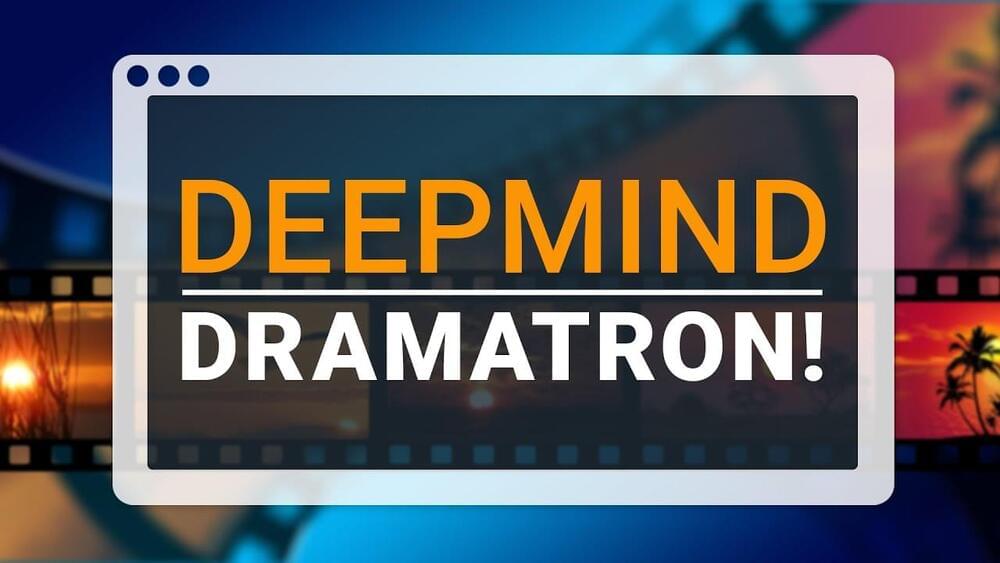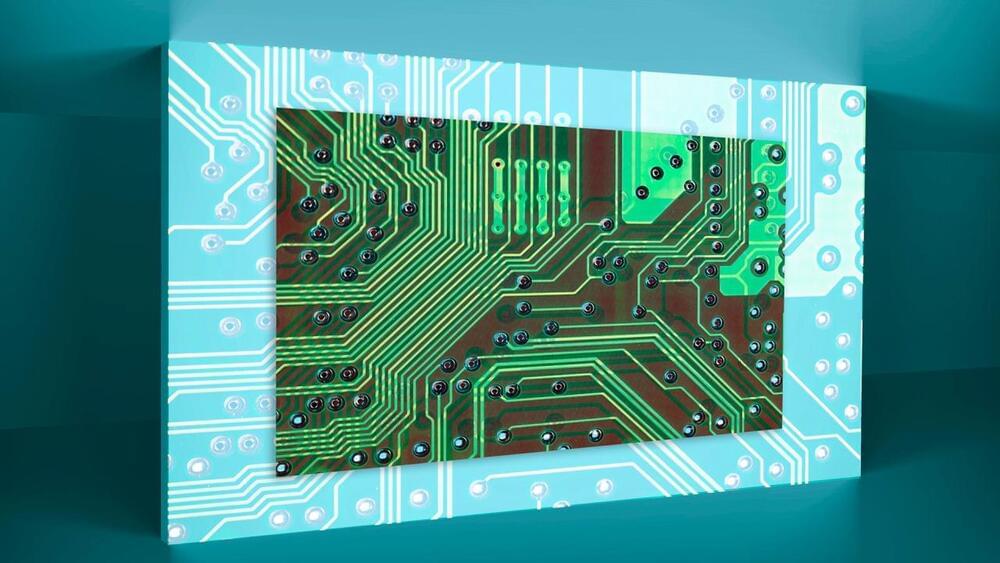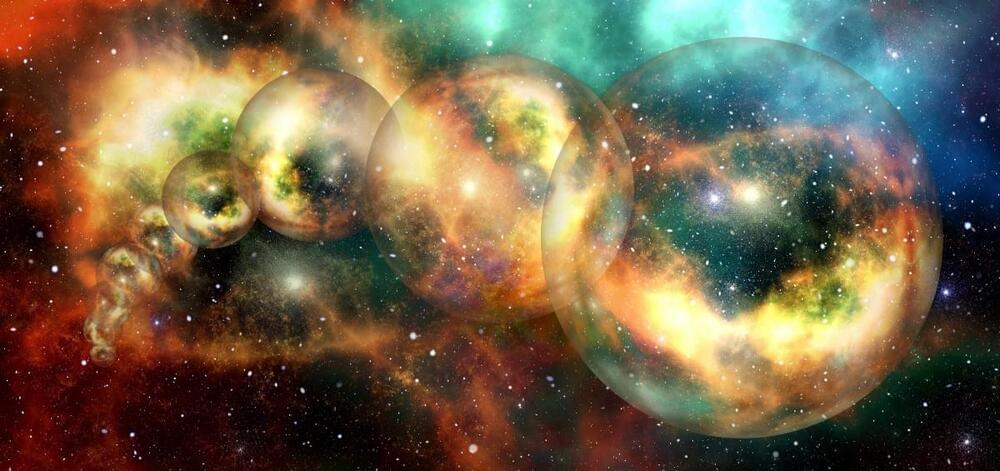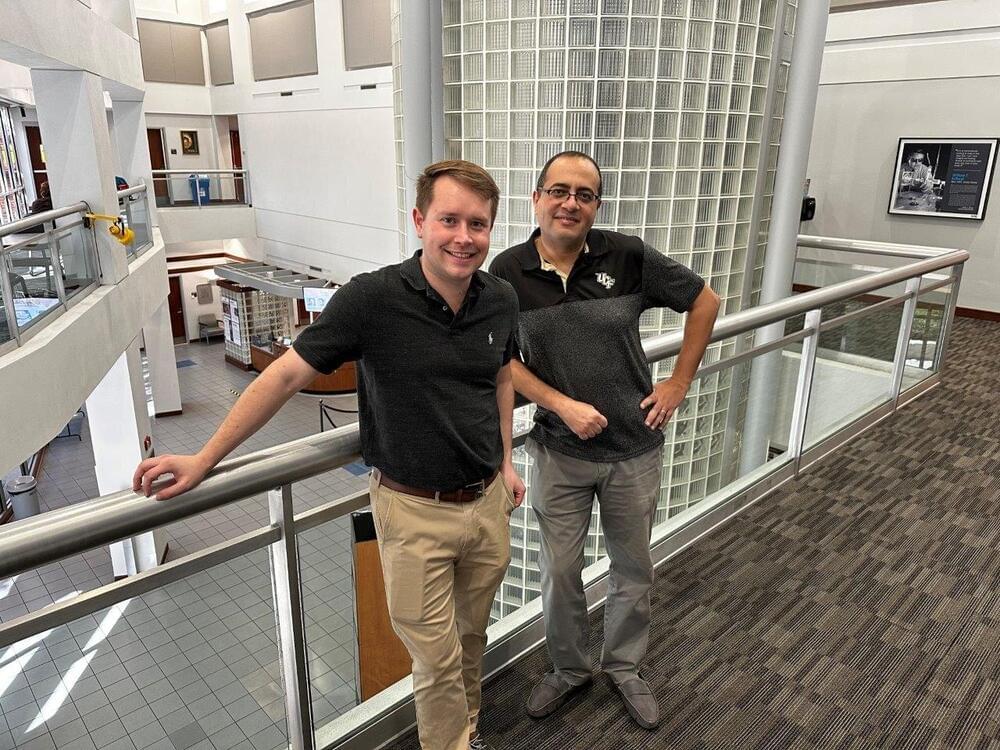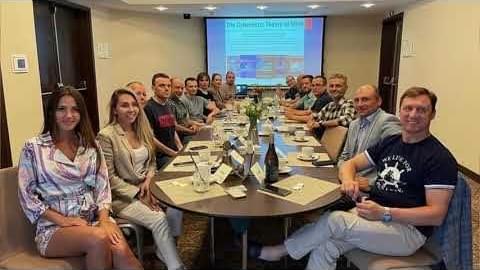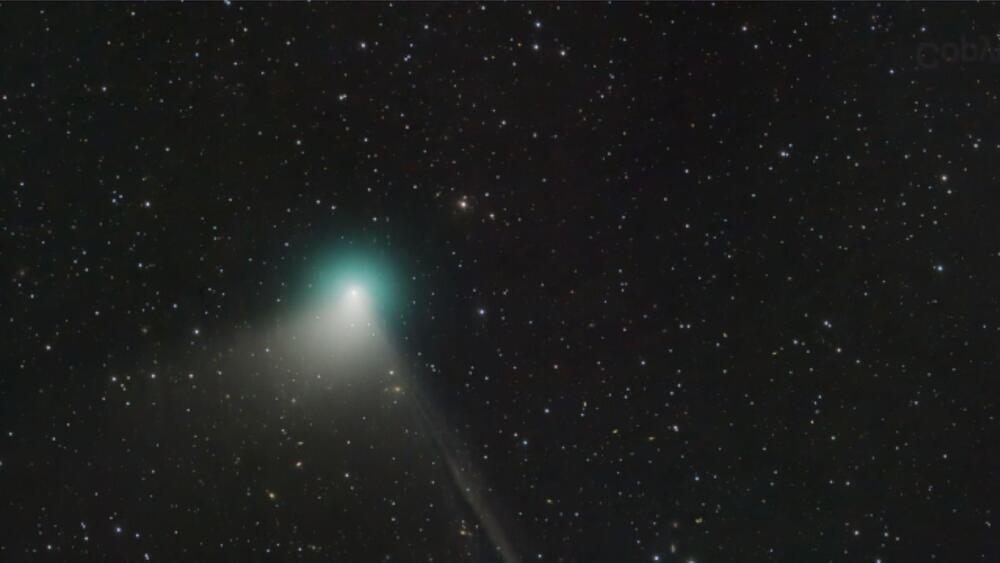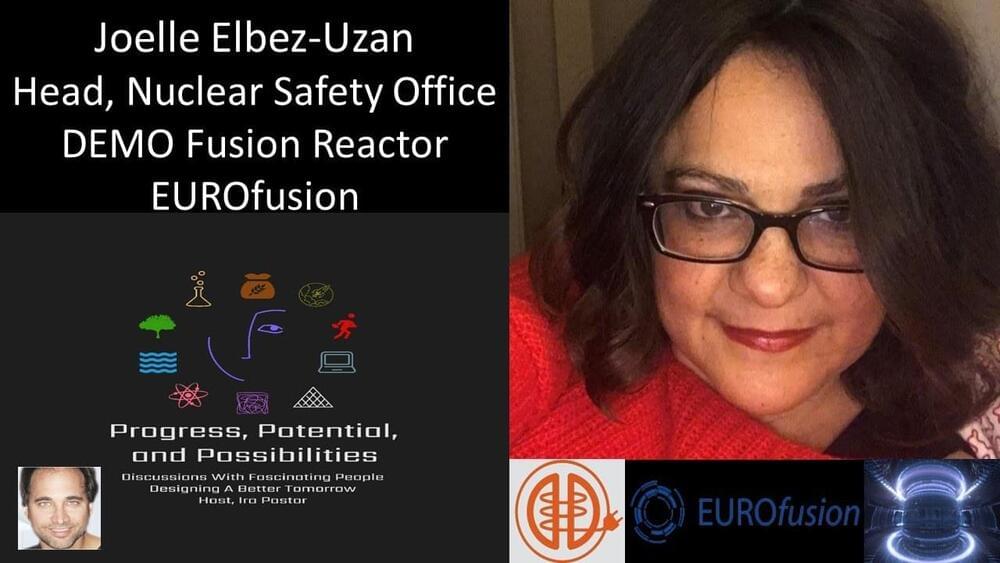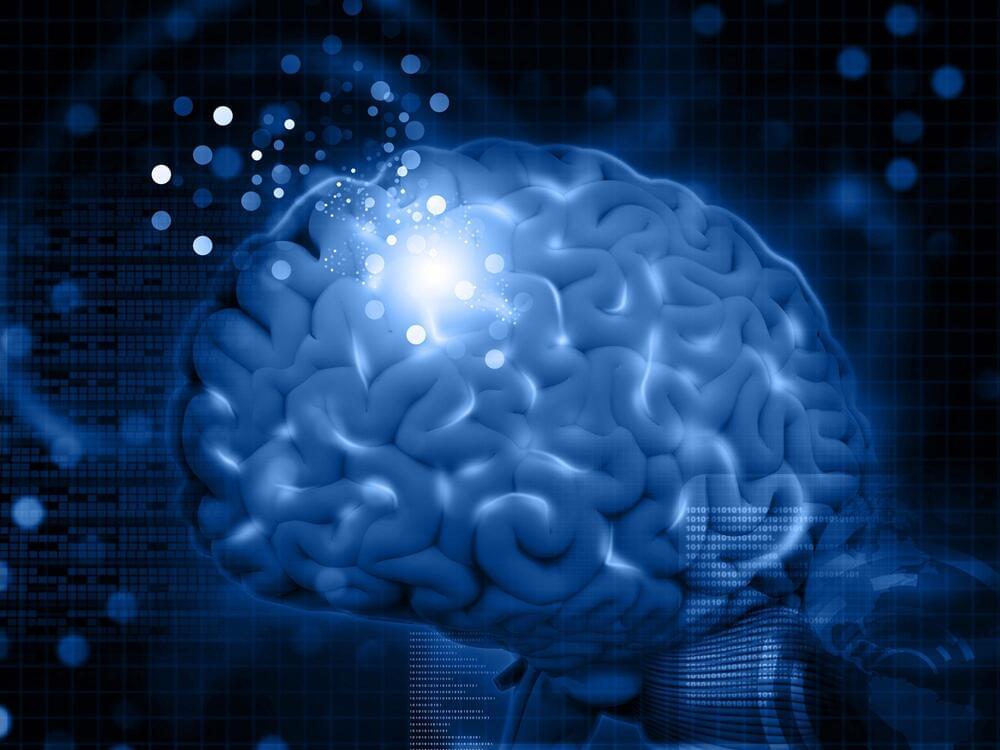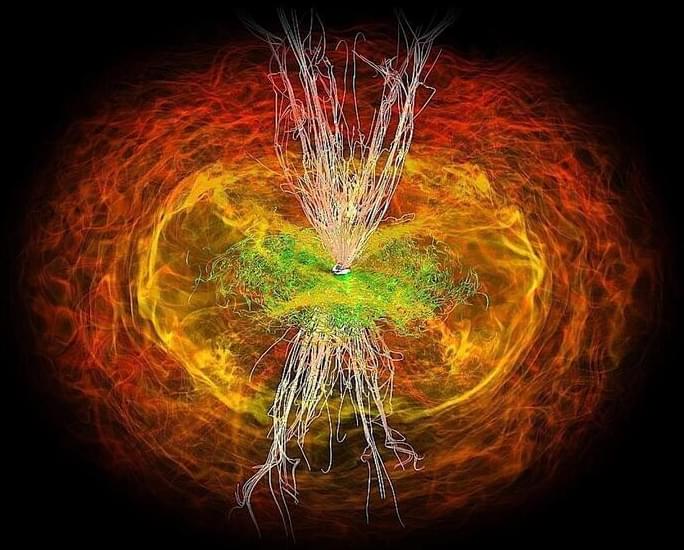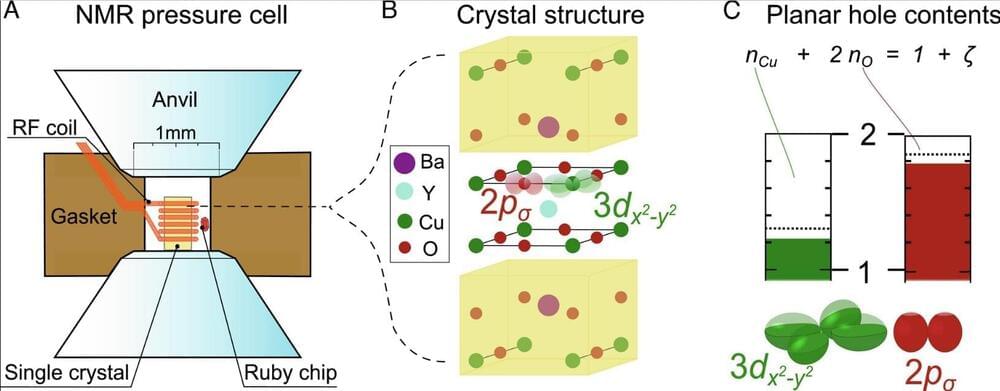Jan 31, 2023
DeepMind’s ChatGPT-Like AI Writes Amazing Screenplays!
Posted by Kelvin Dafiaghor in categories: entertainment, physics, robotics/AI
❤️ Check out Weights & Biases and sign up for a free demo here: https://wandb.com/papers.
📝 The paper “Co-Writing Screenplays and Theatre Scripts with Language Models: An Evaluation by Industry Professionals” is available here:
https://deepmind.github.io/dramatron/details.html.
Continue reading “DeepMind’s ChatGPT-Like AI Writes Amazing Screenplays!” »
